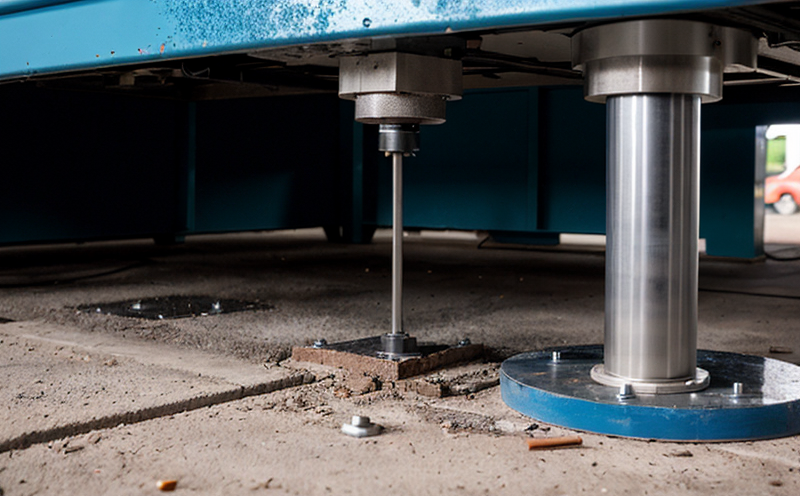ISO 20104 Residual Stress Measurement by Diffraction Methods
The measurement of residual stress using diffraction methods, as outlined in ISO 20104, is a critical process for ensuring the integrity and reliability of components produced through additive manufacturing (AM) and 3D printing. This standard provides a robust framework to quantify internal stresses within materials without altering their physical properties. The technique relies on the principles of X-ray diffraction, where the shift in peak positions due to stress-induced lattice distortions is analyzed.
Residual stresses are inherent after manufacturing processes like AM and can significantly influence mechanical performance, durability, and even service life. Accurate measurement and control of these stresses are essential for ensuring that parts meet stringent design specifications and regulatory requirements. This standard ensures consistency and reliability across various materials and geometries, making it indispensable for quality assurance in the aerospace, automotive, medical, and industrial sectors.
The process involves several key steps: first, a specimen is prepared according to specific guidelines provided by ISO 20104. Specimens must be representative of the manufactured part's geometry and material properties. The X-ray diffraction setup is then calibrated using a standard reference material, ensuring accurate stress measurements.
- Specimen preparation
- Calibration with reference materials
- Data acquisition
- Data analysis to determine residual stresses
The results are typically presented in terms of stress values and their distribution within the part. This information is crucial for optimizing manufacturing parameters, predicting potential failures, and ensuring compliance with industry standards.
ISO 20104 has been instrumental in advancing the field by providing a standardized approach that enhances confidence in test results across different laboratories. It allows for direct comparison of data between facilities, which is particularly important given the global nature of AM supply chains.
Why It Matters
Accurate measurement and control of residual stresses are crucial for additive manufacturing processes. The precision demanded by modern engineering applications necessitates methods that can reliably quantify these stresses. ISO 20104 provides a standardized approach to achieving this, ensuring consistent results across different laboratories.
By measuring residual stresses using diffraction methods, engineers and quality assurance teams gain valuable insights into the mechanical behavior of parts. This information is vital for optimizing manufacturing parameters and predicting potential failures. Compliance with ISO 20104 also ensures that products meet stringent design specifications and regulatory requirements, enhancing overall product reliability.
The importance of this testing cannot be overstated in industries where component failure can lead to significant financial losses or even safety hazards. By adhering to the guidelines set forth by ISO 20104, manufacturers can build trust with their customers and regulators, ensuring that their products are among the best in terms of quality and reliability.
Why Choose This Test
Choosing ISO 20104 for residual stress measurement by diffraction methods offers several advantages. Firstly, it ensures consistency and reliability across different laboratories, which is particularly important given the global nature of AM supply chains. Secondly, this standard provides a robust framework that enhances confidence in test results, allowing direct comparison between facilities.
Moreover, ISO 20104 guarantees accuracy and precision, ensuring that stress measurements are reliable and reproducible. This reliability is crucial for optimizing manufacturing processes and predicting potential failures. Compliance with the standard also ensures that products meet stringent design specifications and regulatory requirements, enhancing overall product reliability.
The ability to predict and control residual stresses can significantly improve the performance and longevity of parts produced through additive manufacturing. By adhering to ISO 20104, manufacturers can build trust with their customers and regulators, ensuring that their products are among the best in terms of quality and reliability.





